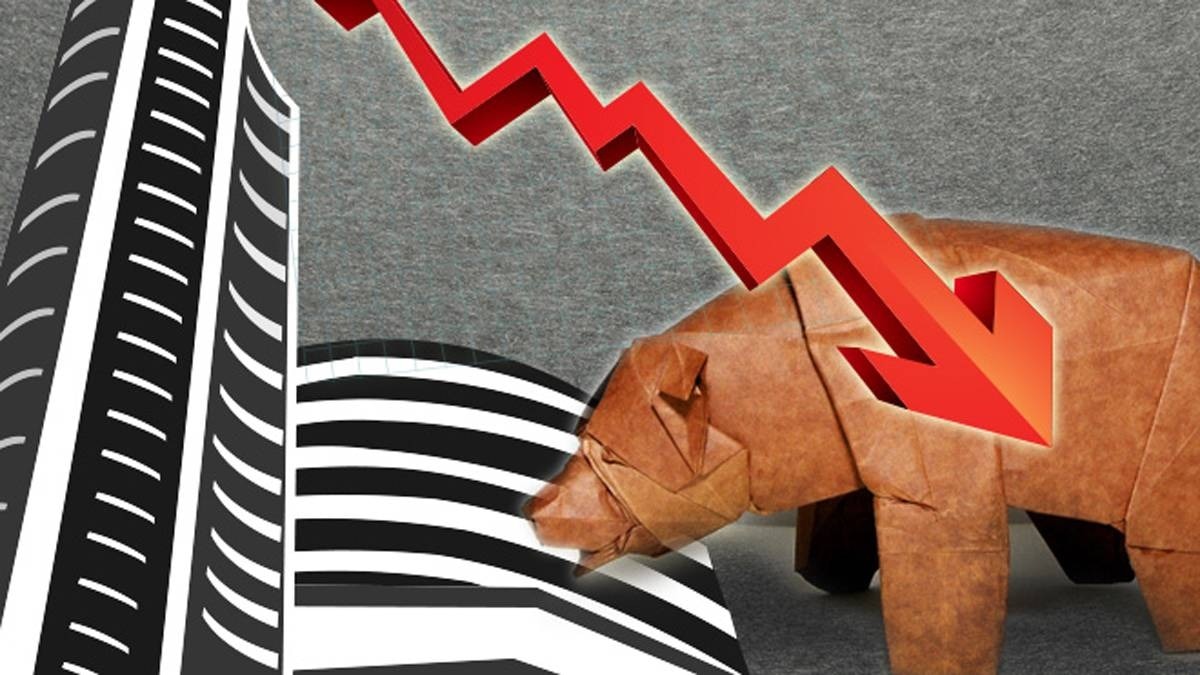 |
|
The Indian stock market witnessed a significant downturn in February 2025, particularly affecting smallcap stocks listed on the Bombay Stock Exchange (BSE). A staggering one-third of these smallcap companies reached their 52-week lows, highlighting a concerning trend in the market. This sharp decline is attributed to a confluence of factors, primarily the disconnect between high valuations and moderating earnings growth. While largecap stocks have maintained relatively reasonable valuations due to months of foreign outflows, smallcap companies have enjoyed inflated valuations driven by consistent domestic inflows into sector-specific and thematic mutual funds. This imbalance has created an unsustainable market bubble, leading to the current correction.
The disparity between the performance of smallcap and largecap indices is stark. The BSE Smallcap index experienced a dramatic 16 percent plunge in 2025, significantly outpacing the 3 percent decline in the benchmark Sensex. This underscores the vulnerability of smallcap stocks to market volatility. Furthermore, negative trailing returns over 3-month and 6-month periods indicate a weakening trend, raising concerns about potential retail investor selloffs. Experts, like S Naren of ICICI Prudential, are advising investors to exit their positions in small and midcap stocks completely, reflecting the gravity of the situation.
The current market situation presents a unique challenge. Elara Securities notes that this is the first major supply surge in mid and smallcap stocks since 2020. Various market indicators, including a spike in stocks breaking their 200-day moving averages and the underperformance of equal-weighted portfolios, support this assessment. This surge in supply, coupled with a potentially prolonged period of negative demand-supply dynamics, poses significant risks to the market's stability. The current price-to-earnings ratio (P/E) of the BSE Smallcap index at 28 times trailing 12-month EPS, compared to the Sensex's 21.43 times, further highlights the overvaluation that precipitated the decline.
The impact of this correction is widespread, affecting numerous smallcap companies. Many have experienced dramatic declines, with 276 of the 938 constituents of the BSE Smallcap index falling by 75-80 percent from their 52-week highs. Prominent examples include Kamdhenu Ventures Ltd, Dish TV India Ltd, and Sterling and Wilson Renewable Energy Ltd, among others. Several other companies experienced declines exceeding 50 percent, highlighting the broad reach of the correction. This downturn is not simply a cyclical correction; it reflects a fundamental reassessment of the market's valuation of smallcap companies.
The significant increase in the market capitalization share of smallcap stocks from 9.1 percent in 2024 to 20 percent in 2024 is directly linked to their inflated valuations. This rapid expansion, however, proved unsustainable, leaving them susceptible to a sharp correction. Kotak Institutional Equities raises concerns about the returns experienced by retail investors, suggesting that their returns have lagged behind the overall market performance due to investing at higher market levels. This raises concerns about investor sentiment and a potential ‘breaking’ point. While mutual fund data suggests continued investment in smallcaps at least until January, the flows were strong even during previous corrections, highlighting the risk appetite of certain investors. Elara Securities notes that consistent inflows continued even during the 2018-2020 correction, yet the median stock drawdown reached 50 percent – mirroring the current situation.
Despite the bearish sentiment, not all experts share a pessimistic outlook. Pawan Bharaddia of Equitree Capital suggests that historically, small-cap corrections tend to play out over 8-12 weeks before stabilizing. Bharaddia's observation that midcaps are entering the final phase of the correction, with valuations becoming increasingly attractive, offers a counterpoint to the more bearish predictions. The market remains uncertain, with a mixture of bearish and bullish perspectives on the future trajectory of smallcap stocks. The divergence of opinion highlights the need for careful analysis and risk management in navigating this volatile market environment. The future performance of smallcap stocks will depend on various factors including the sustained inflow of domestic capital, improvement of earnings and the overall macroeconomic scenario.
Source: 1 of every 3 BSE smallcap stocks hit 52-week low in Feb; here's why
